#Hatje Cantz
Explore tagged Tumblr posts
Text


Throughout his entire career architect Kurt Ackermann (1928-2014) continuously pursued a philosophy of constructive intelligence characterized by highest quality achieved with economical means and a comprehensible construction instead of gimmicky showmanship. And as a true all-rounder he worked on basically every building task: single-family homes, bridges, churches, office buildings and infrastructural works all were part of portfolio. In many of these projects Ackermann sought the close exchange with engineers resulting in a distinctive technological edge. The collaboration with engineers also was something Ackermann always fostered and encouraged, also in his teaching as professor at Stuttgart University.
In 2006 Matthias Schirren edited the present volume with Hatje Cantz that documents the multifacetedness: „Kurt Ackermann - Das Gesamtwerk des Architekten“ besides a complete work catalogue and numerous representative studies of highlight projects includes a number of insightful essays that address particular aspects of Ackermann’s work. Manfred Sack e.g. sheds light on the technicity of Ackermann’s buildings while the Abbot Odilo Lechner, based on his first hand experience with the architect, reports on his religious buildings. What emerges is the portrait of an architect whose architecture is the expression of his ethos: collaboration rather than self-realization and project specific solutions instead of repeating once found ones. An admirable attitude wonderfully presented in an elegant book.
22 notes
·
View notes
Text

I only spend on stuff I really need. What about you? 🤓🙂↕️
weltkern.com
#Weltkern#furniture#design#book#Cassina#Vitra#Moustache#Tacchini#Phaidon#Damiani Books#Distanz#Spector Books#Hatje Cantz
18 notes
·
View notes
Text

rom #34, matthias hoch 2004
5 notes
·
View notes
Text
The iconic black-and-white photographs of Hamburg-born photographer Frank Habicht (born 1938) reflect the spirit of the Swinging Sixties in London. In the 1960s, the conservative postwar years in England gave way to a period of upheaval, with a younger generation dreaming of an unconstrained life, one full of free love, peace and harmony. On the streets of the British capital, Habicht began photographing the profound social and political changes that were underway.

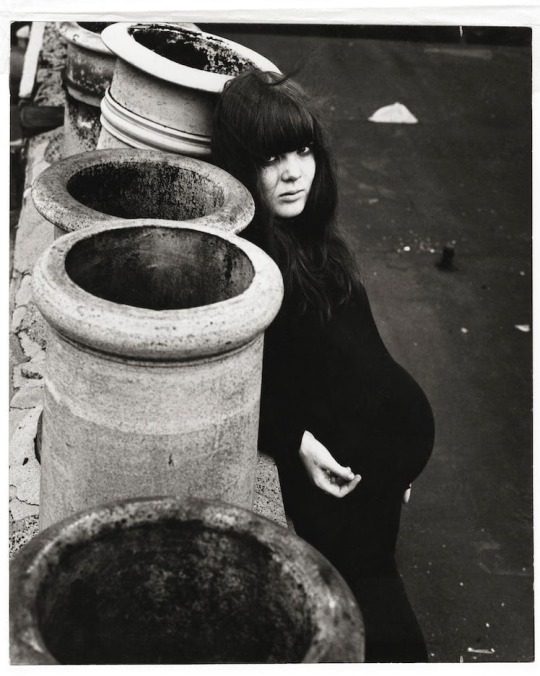

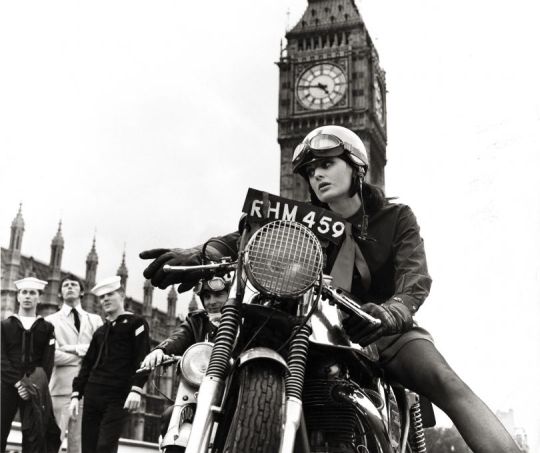

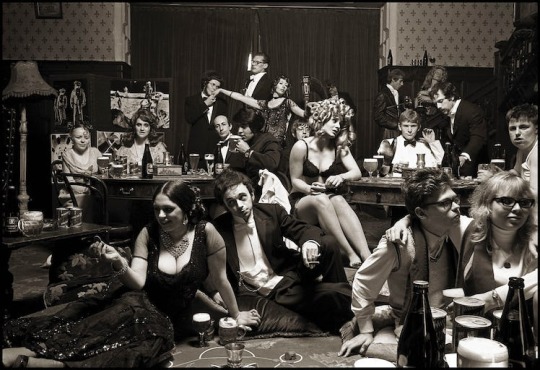


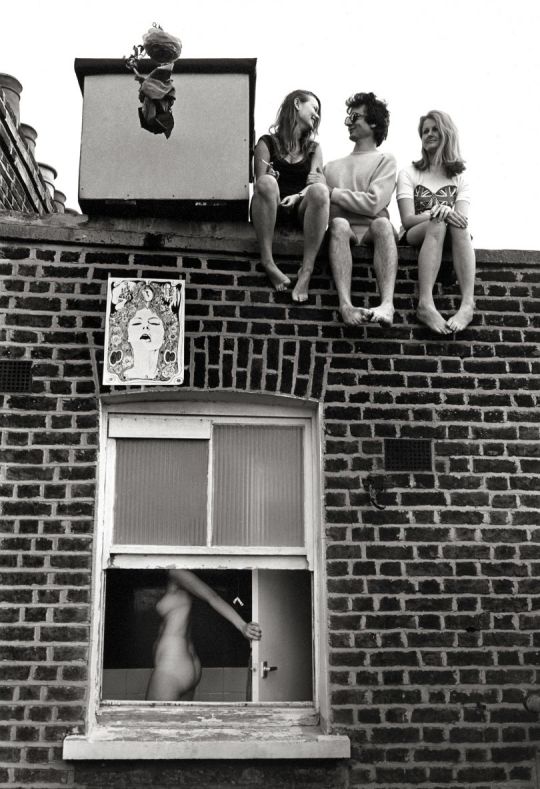

1. Part of the Scene. Alice, London socialite, Rolling Stones Hyde Park concert 1969. 2. Untitled, 1969. 3. Live It To The Hilt - Renee, Westminster Bridge 1969. 4. Gone By Times - Renee, Westminster Bridge 1969. 5. Fine Arts Student, St. Martin’s College, Holborn. 6. Marriage à la mode, 1968. 7. Leaving Tomorrow Behind - Mata Hari Boutique, Earls Court, 1967. 8. Rule Britannia, Britannia Rule The Waves. 9. No Loss of Face, Earls Court. 10. Frank in the 60s, self portrait.
Frank Habicht. From his book As It Was, © Frank Habicht/© (p) Hatje Cantz 2018.
#frank habicht#swinging london#london#photography#b&w photography#vintage photography#1960s#history#fashion#as it was#photobook#hatje cantz#2018
24 notes
·
View notes
Text

Detail of Self portrait with headband, New York Studio, New York, USA c1932 by Lee Miller.
© Lee Miller Archives England 2023

Portrait of Space, Al Bulwayeb, near Siwa, Egypt 1937 by Lee Miller.
© Lee Miller Archives England 2023

Fire Masks, Downshire Hill, London, England 1941 by Lee Miller.
© Lee Miller Archives England 2023

Nude bent forward, Paris, France c1930 by Lee Miller.
© Lee Miller Archives England 2023
A beauty who captured war’s ugliness, Lee Miller’s time is finally here: Surrealist Lee Miller is at Heide Museum of Modern Art from November 4, 2023 to February 25, 2024.
The model, muse, photographer and trailblazer is the subject of a new exhibition - and a film starring Kate Winslet.
The exhibition, Surrealist Lee Miller, at Heide Museum of Modern Art features more than 100 photographs, spanning portrait, fashion and surrealist photography in Paris and New York in the 1920s and ’30s, along with landscape, architecture and World War II.
By Kerrie O'Brien
The Age - October 29, 2023
•
•

Lee Miller
On April 30, 1945, photojournalists David E. Scherman and Lee Miller produced one of the most controversial photographic series of the twentieth century; while documenting Hitler's apartment on the day of his suicide, they photographed each other bathing in the Führer's tub. In Hatje Cantz's new release, Elissa Mailänder writes, "Within Germany, Hitler represented less horror and mass violence than he did rebirth and the ambitious project to Germanize Europe. Miller observed Hitler’s neighbors in Bogenhausen with perplexity: 'The attitude of these Germans was odd. They talked quite normally about... that Hitler was a great man with the right ideas, but he had been badly advised and controlled by gangsters.' Considering the widespread goodwill and profound respect for Hitler, Miller’s and Scherman’s action, as a woman and especially as a Jew, can be interpreted as an act of provocation. It was a (successful) attempt to deconstruct the Führer as a (German) identification figure and hereby to undermine his aura at a time when the war had not officially ended. Although Hitler and his wife had just taken their lives, Germany, which lay in ruins, had not yet capitulated. Embedded in that contemporaneous context, the bathtub photographs sent a clear and defiant message to Germany and international society: The Führer is dead. And now we are here."

•
•

Lee Miller
Hatje Cantz
$45.00
Pbk, 8.25 x 11.5 in. / 160 pgs / 70 color.
Pub Date: 8/25/2015 | Not available
U.S. $45.00 CAD $60.00
ISBN 9783775739559
Edited by Klaus Albrecht Schröder, Walter Moser. Text by Anna Hanreich, Astrid Mahler, Elissa Mailänder, Walter Moser, Ute Wrocklage.
Lee Miller (1907-77) began her artistic career in 1929 as a Surrealist photographer in Paris. She produced images, often in collaboration with Man Ray, in which she isolated motifs by means of tight framing and experimental techniques, and in doing so rendered visible a paradoxical reality.
This publication surveys Miller's best works, including early Surrealist compositions as well as travel photos. At the end of World War II, Miller traveled through Europe as a war reporter, producing harrowing photographs of considerable historical significance. One of her most spectacular pictures originated in late April 1945 in Adolf Hitler's city apartment at Prinzregentenplatz in Munich: Lee had a photo taken of herself sitting naked in the dictator's bathtub--not long after having captured on film the crimes committed in the concentration camps in Dachau and Buchenwald immediately after their liberation by the occupying forces (Miller was one of the first photographers to do so).
•
#Photography#American photographer Lee Miller#‘Surrealist Lee Miller’ exhibition 2023-2024#Heide Museum of Modern Art#Surrealism#Cinema#‘Lee’ a film by Ellen Kraus#Actor Kate Winslet#World history#World War 2#Adolf Hitler#Photojournalists David E. Scherman and Lee Miller#Artbook publications#Hatje Cantz
3 notes
·
View notes
Text
📚 From our bookstore:
From Here To There: Alec Soth’s America (Hatje Cantz, 2010)
Go HERE for more info 👀
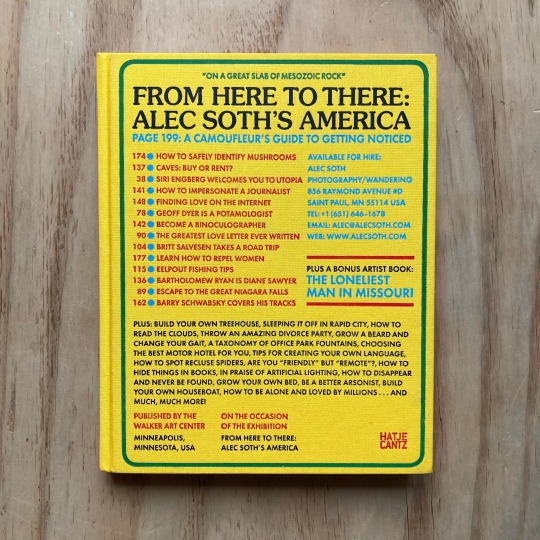
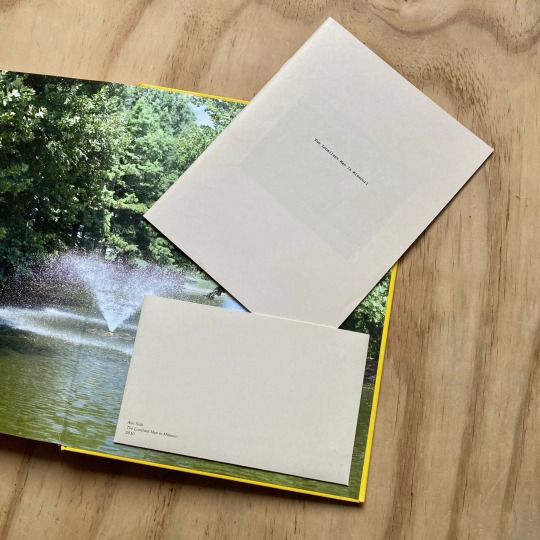
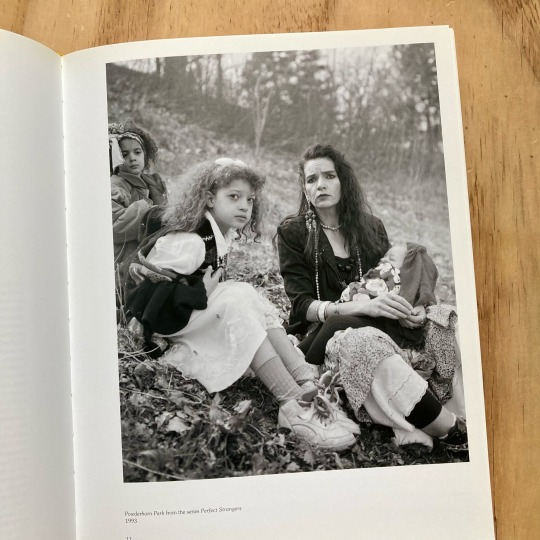
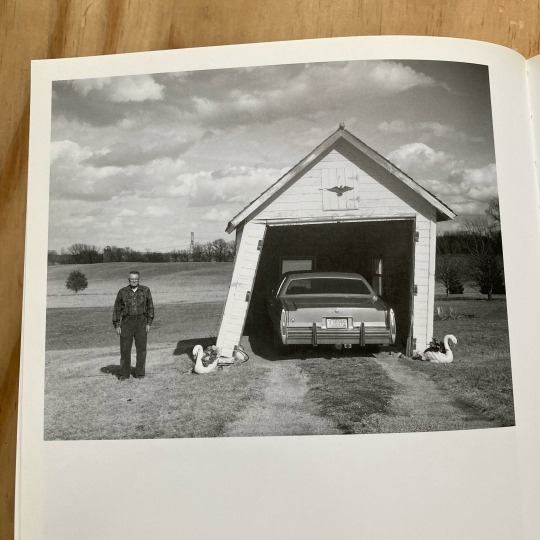



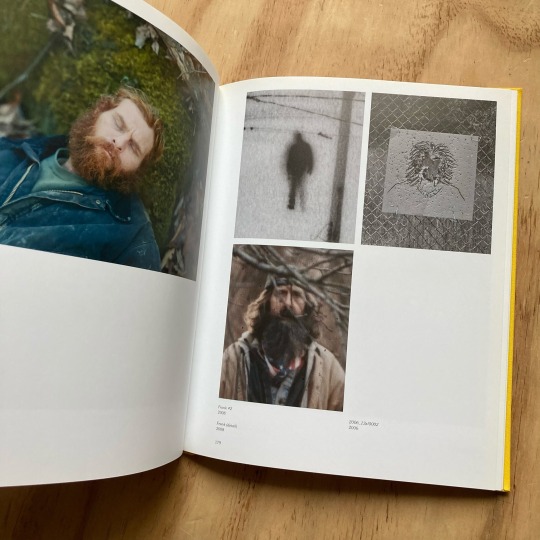


#photobooks#photobookjunkies#photobookjousting#buybooksnotgear#documentary photography#contemporary photography#original photographers#photographers on tumblr#photography books#alec soth#hatje cantz#lensblr
12 notes
·
View notes
Text
Für ein besseres Miteinander - Wie Architektur sozialisieren kann
Daniel Thalheim Soziales Ansinnen in der Baugeschichte hat es schon lange gegeben, bevor wirr uns philosophisch darüber Gedanken machen. Archäologen grubbern immer wieder Wohnanlagen aus grauen Vorzeiten aus, wo sie in den Räumlichkeiten durchaus Unterschiede in ihren Nutzungen feststellen. Die Steinzeitmenschen haben doch nicht mit ihrem Vieh in einem Stall gelebt, könnte die einhellige Meinung…
#Überbevölkerung#Fonna Forman#Gründerzeit#Grünes BAuen#Hatje Cantz#KApitalismus#Kurze Wege#Socializing Architecture#Soziale Architektur#Soziale Idee#Soziales Bauen#Teddy Cruz#Urban Gardening
0 notes
Text
floating poetry, meandering mindscape / yahon chang - isang yun (berlin, 29 april 2023)
St. Elisabeth, Berlin Invalidenstraße: Der taiwanesische Kalligraf bemalt eine Leinwand von 15 x 20 Metern zu Musik von Isang Yun. Adele Bitter (Violoncello), Holger Groschopp (Klavier). Werke von Isang Yun: Espace I for Violoncello and Piano (1992), Glissées for Violoncello solo (1970), Shao Yang Yin for Piano solo (1966), Nore for Violoncello and Piano (1964), Studio Yahon Chang, Isang Yun…
View On WordPress
#abstract#abstract art#Adele Bitter#art#arte#Bote & Bock / Boosey & Hawkes#Hatje Cantz#Holger Groschopp#Isang Yun#Isang Yun International Society#Manu Park#music#musica#musik#Yahon Chang
0 notes
Text










My new book contains various series
#doubletake#hatje cantz verlag#book#photography#stefandraschan#peoplematchingartworks#contemporaryart
37 notes
·
View notes
Text
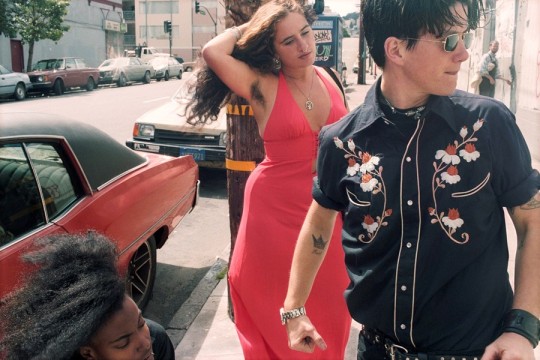
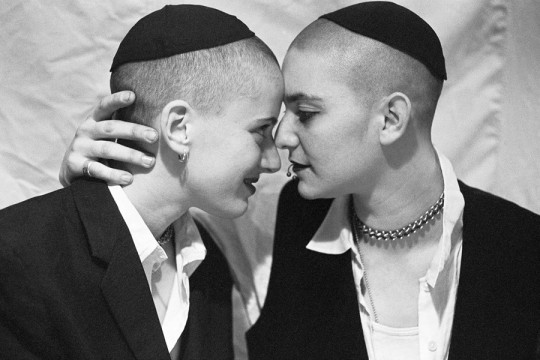

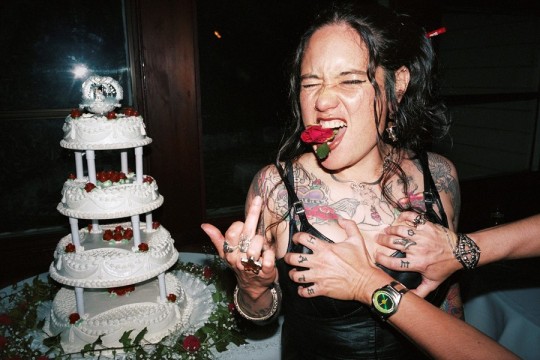
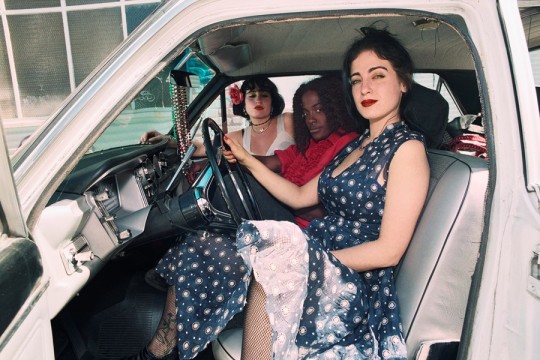
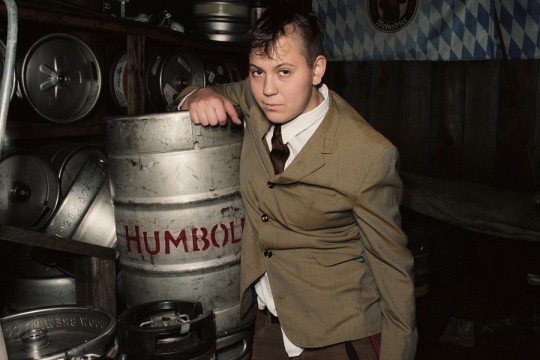
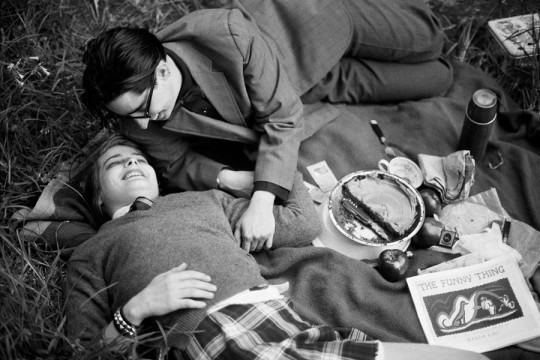
Renegades. San Francisco: Queer Life in the 1990s | Chloe Sherman | Hatje Cantz | 2023
The accompanying exhibition is on show at f3 - freiraum für fotografie in Berlin from 30 June - 3 September 2023.
22K notes
·
View notes
Text


The architecture of expressionism was one of Wolfgang Pehnt’s life themes: already in 1973 he published the first edition of his reference work „Die Architektur des Expressionismus“, a fundamental study of the origins and manifestations of expressionist tendencies in European architecture with an emphasis on the German developments. For a long time I had been searching for the last and significantly expanded edition from 1998, published by Hatje Cantz, and a while ago I finally found a copy in the right condition. In contrast to earlier editions the present one is larger in size and also includes a number of stunning color photographs that perfectly suit the colors of some of expressionism’s most significant buildings. Beyond this the strength of the book not only is Pehnt’s lucid writing but also his ability to tie together the different strands of expressionism. Pehnt leads the reader along the precursors Antoni Gaudí, the Prague Cubists and also the German Monumentalism of the turn of the century towards the German key expressionists Hans Poelzig, Bruno and Max Taut and the „Gläserne Kette“ architects. In individual chapters Pehnt introduces important members like the Brothers Luckhardt, Hans Scharoun or Hermann Finsterlin whose utopian architectural visions evidence the polyphony of expressionism.
The other end of the spectrum represents the Northern German Expressionism: while the metropolitan exponents around Bruno Taut and Walter Gropius dreamt up a messianic communism, protagonists like Fritz Höger and Bernhard Hötger indulged in Germanic mythology and the brick as representative of the German temper. So, it is not surprising that both later associated themselves with the Nazis.
In terms of European expressionism Pehnt primarily focuses on Amsterdam School and its exponents Michel de Klerk and Piet Kramer but also sheds light on the anthroposophical architecture by Rudolf Steiner in Switzerland. In so doing Pehnt shows the varied forms and ideas behind expressionist architecture and demonstrates that based on very different starting points at least partially congruent architectural expression was able to emerge. A fascinating and insightful read!
#expressionist architecture#brick expressionism#architecture book#architectural history#modern architecture#hatje cantz#vintage book#book
27 notes
·
View notes
Photo

⁇ My Little Old Boy ⁇ Lim Young-woong Appearance, TV Viewer Ratings Up 16.1%
#My Little Old Boy#Hatje Cantz Verlag#Seo Jang-hoon#appearance#Lim Young-woong#Seoul Capital Area#Friend
0 notes
Video
Fringe - Hatje Cantz 2023 by tabea blumenschein Via Flickr: Zeichnung Tabea Blumenschein Townes Archive
0 notes
Text





eric fischl, paintings and drawings 1979 -2001
portrait of the artist as a woman, 1989
birth of love, 2nd version 1987
fred, 1998
april in paris, 1998
the bed, the chair, play, 2001


u8, imprint catalogue kunstmuseum wolfsburg, hatje cantz 2003
#eric fischl#paintings#exhibition#kunstmuseum wolfsburg#volkswagen kunststiftung#catalogue#hatje cantz#2003#boris godunov#narratives of the sacred
0 notes
Text
From BODIES IN URBAN SPACES, a series by WILLI DORNER
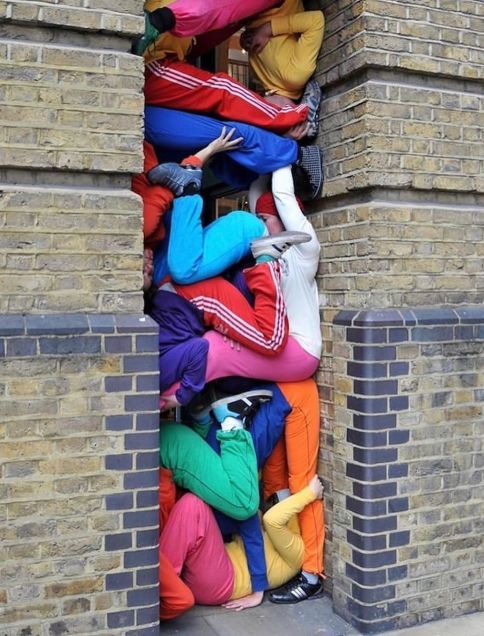


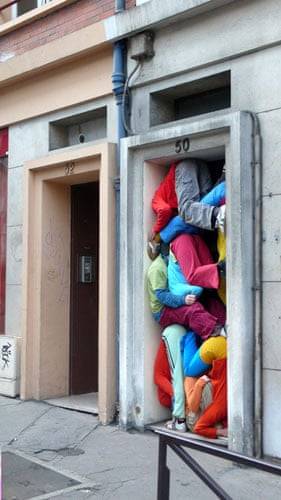

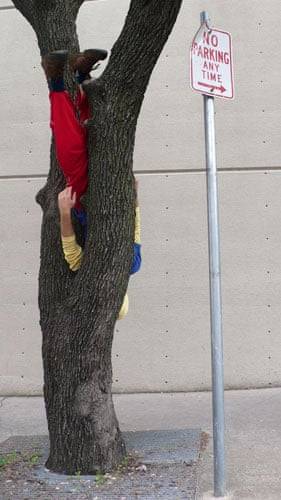


© Willi Dorner, 2007-present.
The photographic documentation of Lisa Rastl about Willi Dorner’s project is available as a photo book by Hatje Cantz Verlag.
(Sources: www.ciewdorner.at/ instagram.com/ciewillidorner/)
#willi dorner#bodies in urban spaces#body art#visual art#photography#photo series#photo project#exhibition#lisa rastl#photo documentation#hatje cantz verlag#photobook#2007#2020
4 notes
·
View notes
